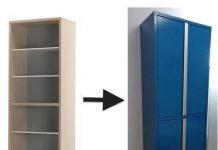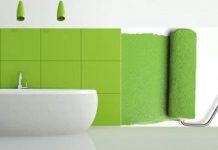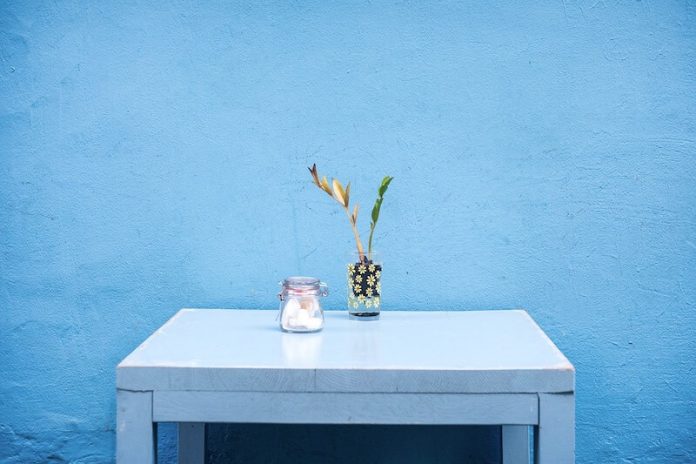

When it comes to renewing the appearance of a piece of furniture with paint, it is essential to obtain a smooth and uniform result. This post will give you all the keys to paint with a brush without leaving marks. Forget your fears and get a professional finish!
What if it doesn’t fit? Without a doubt, it is usually one of the main doubts that assail us when we want to renew a piece of furniture with paint. Although you learn from mistakes, no one wants to gain experience at the cost of damaging their favorite piece of furniture. For this reason, the following tips and keys to painting with a brush will help you provide a professional finish to your furniture.
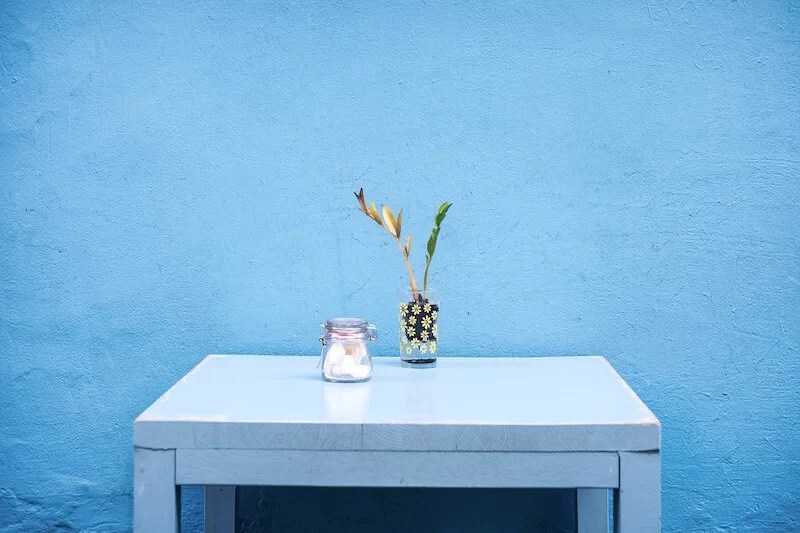
Knowing how to choose a quality brush
To obtain a good finish, technique and good tools are needed in equal parts.. It is of little use to have a perfect technique if the brush is of poor quality.
In the next video I explain the keys to choosing a brush or brush of good quality.
In addition, the following must also be taken into account:
- The brush shape. If it is flat (flat), rounded, more or less thick, the termination of its bristles… Each one is appropriate for a type of surface: smooth, rounded, holes and corners, etc.
- The type of bristle or hair. The natural bristle absorbs more paint and covers more surface with fewer passes. With the synthetic bristle, most of the paint load is deposited in the initial stroke.
- The paint that we are going to use. In the case of water-based paints, the use of synthetic or mixed bristle brushes is recommended. While, when using solvent paints, it is convenient to use natural bristle brushes.
- The material that we are going to paint. The less porous the surface, the more the texture of the brush or brush will be noticeable.
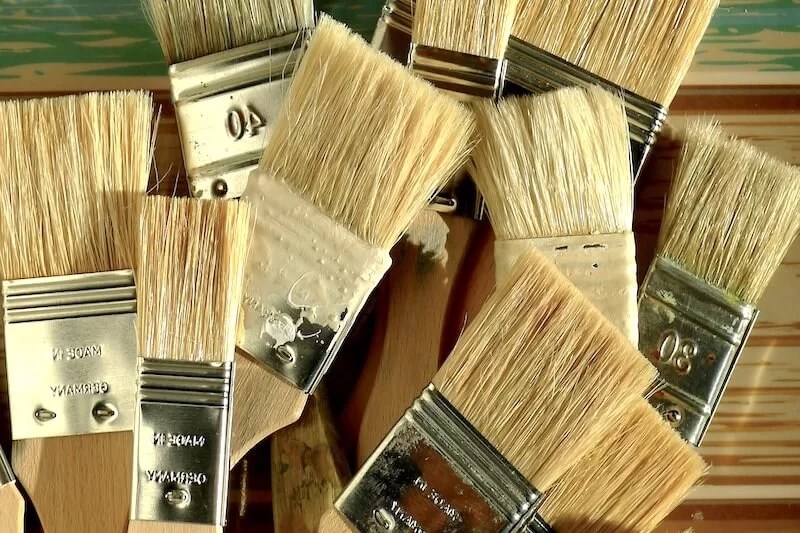
Know the peculiarities of each type of paint
Using the same technique and brush, you can get totally different finishes depending on the type of paint you use. It mainly influences:
- Paint density. In general, with a thick paint the marks will be more noticeable than with a more fluid one.
- Drying time. To avoid marks, it is important that you do not go over the areas that are drying out with the brush again.
- Composition. For example, synthetic enamel has a self-leveling property that prevents brush marks from showing. Chalk paint or chalk paint spreads very easily and its ultra-matte finish hides imperfections.
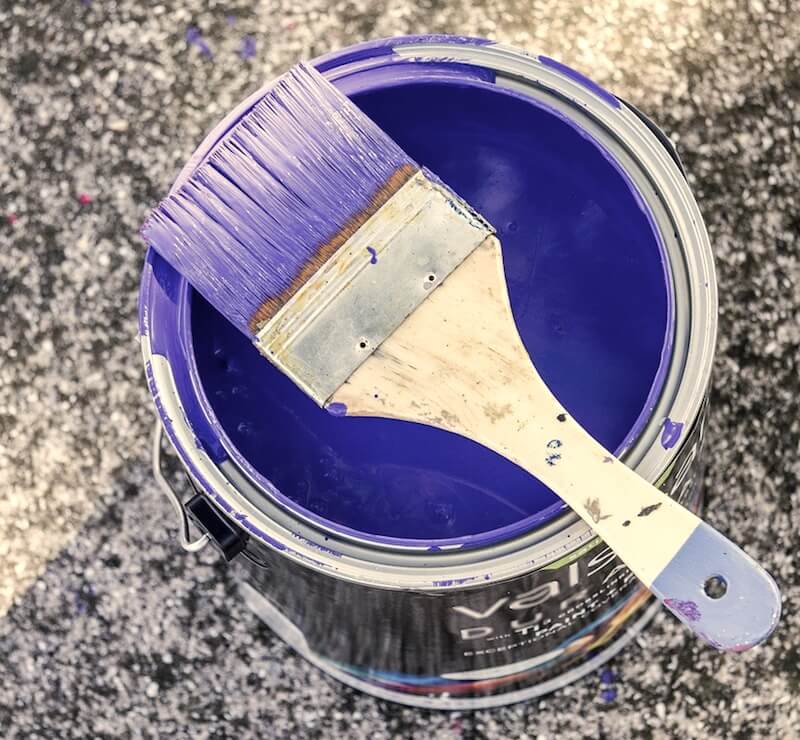
How to paint without leaving marks
- Only moisten a third part of the brush or paletina in the paint.
- Start painting from the center out to the sides, following the grain and stretching the paint. Try to make this first layer as thin as possible, it will provide better adhesion and a good base for the next coat.
- If the paint dries quickly, work in small areas. For example, divide a table into several longitudinal stripes.
- Try to make the brush strokes as straight as possible.
- Wait the time recommended by the manufacturer for recoating. But before the second layer, sand the surface with a very fine grain sandpaper and making circular movements. In this link you will find a guide with the different types of sandpaper.
- Remove the dust with a damp and well-wrung cloth.
- Apply the second coat of paint in the same way as the first and wait 24/48 hours before sanding again.
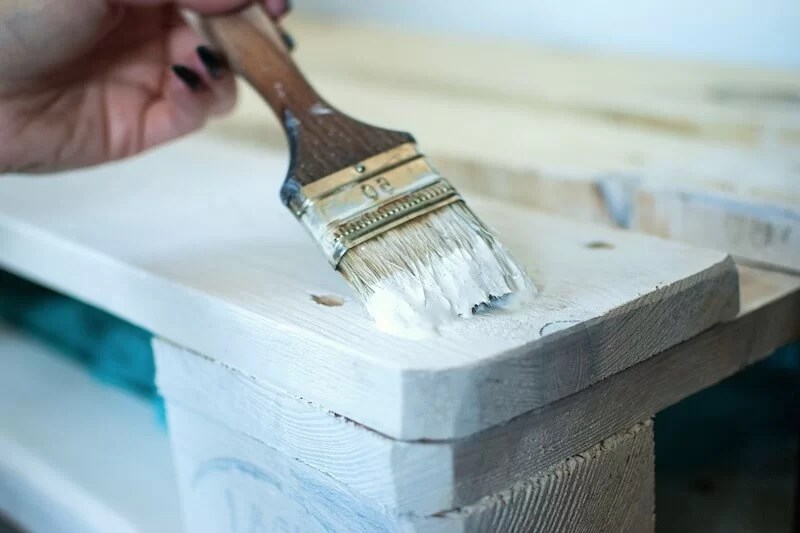
To achieve a very fine finish with a lacquered appearance, it is recommended to use a water-based sandpaper. To do this, follow these steps:
- Lightly moisten the surface with water.
- Using ultra-fine grit water-based sandpaper (2000 or higher), sand smooth and in circular motions.
- Once you’re done, use a lint-free cloth to clean and dry the surface.
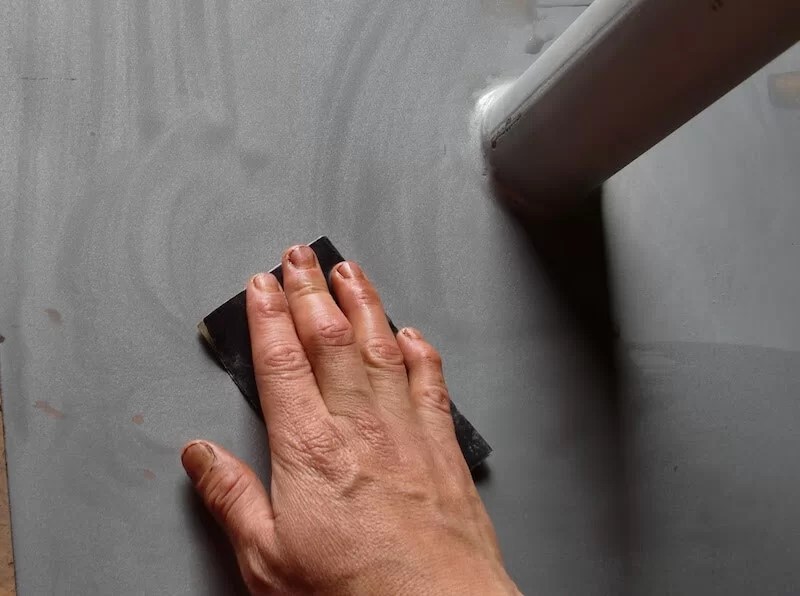
Summarizing…
Paint with a brush without leaving marks It doesn’t just require technique and practice. The type of paint and tool you use, as well as the surface you’ll be painting on, are also key factors.
It also requires patience, dedication and desire. For this reason, my last advice is that when you want to carry out a painting project, try to enjoy it to the fullest. Relax with each brushstroke and you will see how you get a formidable result.
If you liked this post, you might be interested in:
You can find many more guides and DIY projects at
[elfsight_youtube_gallery id=»1″]

